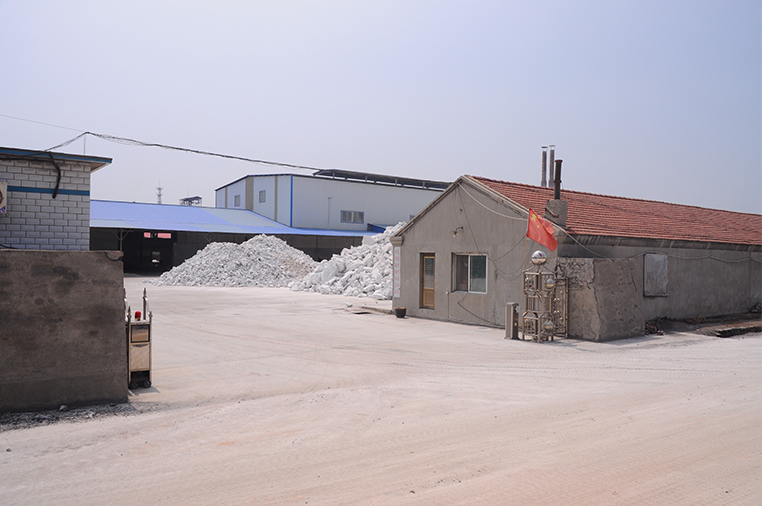Properties of fused magnesia
The melting point of the main crystalline phase periclase is 2800 ℃. It begins to sublimate at 1600 ℃ in vacuum and above 2000 ℃ in reducing atmosphere. The density is more than 3.40g/cm, the porosity is 0%~10%, the Mohs hardness is 5.5, and the corrosion resistance of alkaline slag is very strong. For fused magnesium, periclase is usually cubic, octahedral or irregular granular, and the cube cleavage is complete; Linear expansion coefficient α= (14~15) × 10/℃ (0-1500 ℃), and increases with the temperature.
Thermal conductivity λ= 123.5W/(m · K) (at 100 ℃), which decreases with the rise of temperature. The elastic modulus is 1.96 MPa. The chemical properties are stable, and there is no reaction or weak reaction with various refractory materials other than silica bricks at 1500 ℃. The grain size of periclase increases with the increase of calcination temperature and holding time, and the corresponding slag resistance is also improved. See the table for the quality requirements of fused magnesia in China.

Production process
The production process of fused magnesia is short and simple, but the equipment investment and resource consumption are large. China's fused magnesia industry mostly uses electric arc furnace to melt natural magnesite to prepare fused magnesia. The production technology and equipment are backward, with low power, small capacity, low efficiency and low degree of automation. The grade of fused magnesia products produced is not high, resulting in low utilization of magnesium resources and serious environmental pollution.